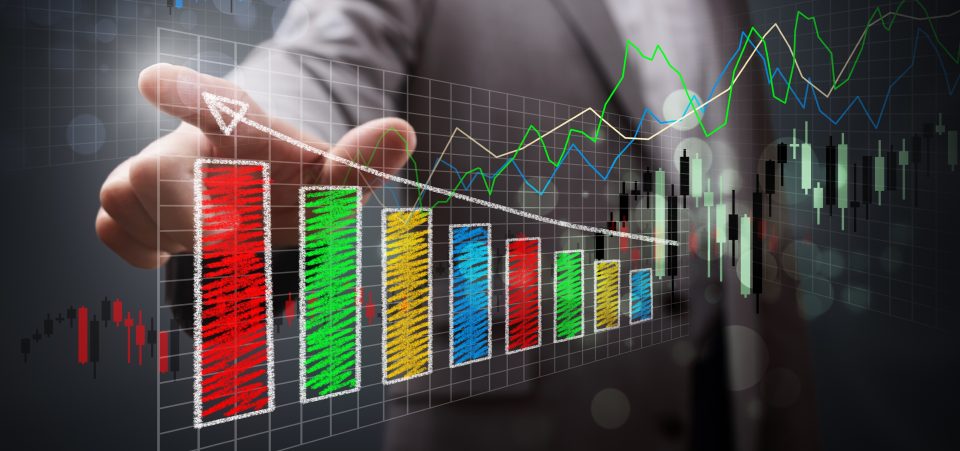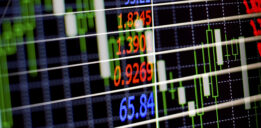Consumer Confidence Soars
U.S consumer confidence soared to the highest level in 11 years on growing optimism that President-elect Donald Trump’s pro-growth policies will drive the U.S. economy into overdrive. But, with Trump’s policies untested and mostly unknown, that euphoria may be more than a little premature.
U.S consumer confidence surged in the early part of December to 98.0, a 4.5% increase over the November reading of 93.8. This is far higher than the expected modest increase to 94.1, and just one-tenth of an index point below the 2015 peak, which was the highest level since early 2004. (Source: “Surveys of Consumers,” University of Michigan, last accessed December 9, 2016.)
Consumers’ views about the current state of the U.S. economy were also up, rising 4.5% to 112.1. Consumers’ views about the economic outlook advanced 4.3% to 88.9. That’s good news all around and bodes well for the holiday shopping season.
What’s the reasoning behind soaring consumer sentiment? The surge was primarily a result of consumers’ unbridled optimism about the embarrassment of riches that will come their way as a result of President-elect Donald J. Trump’s economic policies.
There were a few exceptions, but not many. Some survey respondents had negative judgments about Trump’s economic policies. Interestingly enough, those opinions came mostly from respondents with college degrees and those living in the Northeast. Both of whom tend to vote Democrat; especially the latter. That said, there was no group that was entirely pessimistic about the economy.
It wouldn’t take much though, for fickle consumer sentiment to tumble. If growth in a President Donald J. Trump world is too slow, you can expect consumer confidence levels to fall. Even in a best-case scenario, it will be difficult for consumers to maintain this kind of growing optimism, especially with Trump’s economic policies still unknown.
Market Valuations on Scale with 20th Century’s Greatest Crashes
There’s one thing to be said for consumers, though; they react with their pocket books. If they think the economy is doing better, they’re optimistic and spend. If they think the economy isn’t doing well, they are pessimistic and tighten their belts.
The same cannot be said for investors, who continue to send the benchmark indices to record levels for … really, no good reason, other than the same kind of euphoria that’s running through the streets of America.
In the wise words of legendary investor Sir John Templeton, “Bull-markets are born on pessimism, grow on skepticism, mature on optimism, and die on euphoria.”
To say the markets are euphoric right now would be a bit of an understatement. Since Trump won the U.S. election one month ago, the S&P 500 has soared more than eight percent. The Dow Jones Industrial Average (DJIA) is up almost 10% and has notched 13 record closes since Trump’s election victory. It’s also just 320 points away from the psychologically important 20,000 level. You can almost hear Wall Street chanting “Dow 23,000.” Meanwhile, the Russell 2000 small-cap Index has soared almost 20%.
The markets are doing in one month what they might normally do in a year. And this is pushing stocks to untenable levels. Which, like consumer confidence levels, will crash if reality doesn’t match expectations. And stocks could be in for a huge fall.
The Case Shiller cyclically-adjusted price-to-earnings ratio (CAPE ratio) involves a comparison of stock prices to earnings of the past 10 years. It’s the most widely used indicator to judge stock valuations. The CAPE ratio currently stands at 28. The 100-year average is 16. That means stocks are currently overvalued by an eye-watering 75%.
Not only that; the recent spike in the S&P 500 is showing patterns that are similar to the market crashes in 1929, 2000, and 2008. Perhaps not coincidentally, the CAPE ratio has only been higher three times: in 1929, 2000, and 2008.
Euphoric investors and jubilant consumers may want to be on their guard as stock market valuations are overvalued on a scale that matches the three greatest market crashes of the 20th century.






